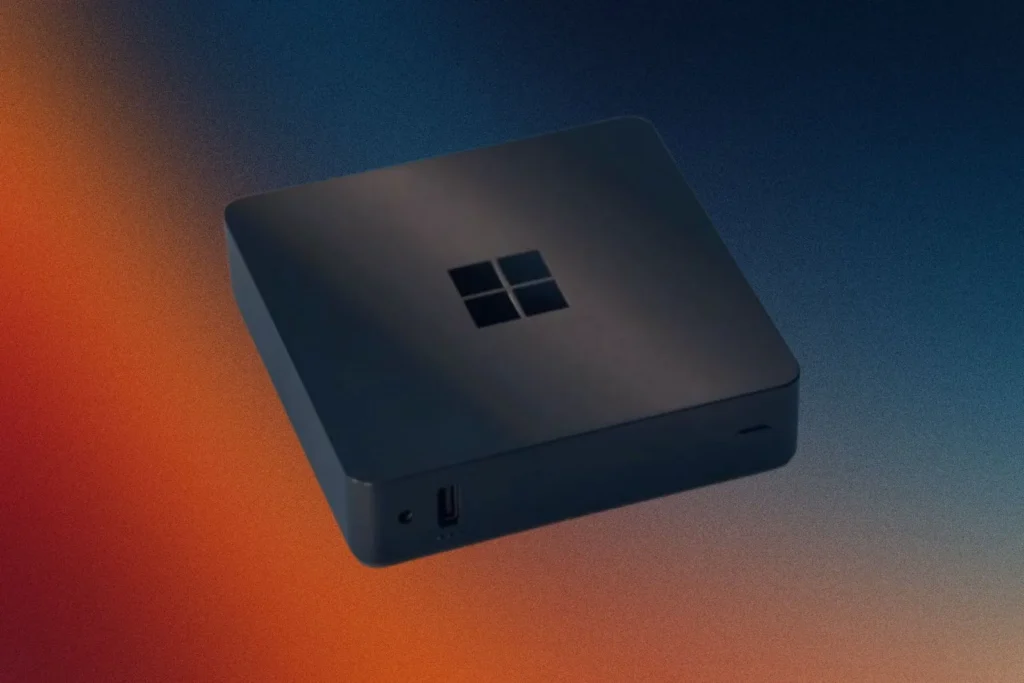Organizations are constantly looking for ways to improve efficiency and cut costs. One often overlooked solution is the implementation of thin clients. With the push for remote work, these lightweight and cost-effective computers have been gaining popularity, thanks to their ability to streamline operations and reduce expenses. In this blog post, we will explore how thin clients can benefit your organization’s budget and overall efficiency.
Using a Thin Client Linux OS to remove Windows license costs
Organizations looking to cut costs and improve efficiency can benefit greatly from using a Thin Client Linux operating system (OS) to eliminate the need for Windows licenses. By utilizing a ThinClient Linux OS, organizations can significantly reduce software expenses, as Linux is an open-source operating system that does not require costly licenses like Windows.
With a ThinClient Linux OS, organizations can enjoy the same functionality and productivity as a Windows environment, but without the added expense. ThinClient Linux OS provides a user-friendly interface, robust security features, and compatibility with a wide range of applications.
In addition to cost savings, a ThinClient Linux OS also offers organizations greater flexibility and control. The open-source nature of Linux allows for easy customization and scalability, ensuring that the OS can adapt to the changing needs of the organization.
By implementing a ThinClient Linux OS, organizations can save on Windows license costs while still providing their employees with a reliable and efficient computing environment. This cost-saving measure allows organizations to allocate their resources to other critical areas and maximize their budget.
Energy efficiency leading to further cost savings
One of the significant advantages of implementing thin clients in your organization is the energy efficiency they offer, leading to further cost savings. Traditional desktop computers consume a significant amount of power, contributing to high electricity bills and environmental impact. However, thin clients are designed to be energy-efficient, consuming significantly less power. By using thin clients, organizations can see a substantial reduction in their energy consumption, resulting in lower electricity bills and a greener work environment.
The energy savings provided by thin clients can have a significant impact on the organization’s budget. With lower energy costs, organizations can allocate those savings to other critical areas of their business, such as investing in new technologies or enhancing employee training programs.
In addition to reducing operating costs, the energy efficiency of thin clients also promotes sustainability. By reducing the organization’s environmental impact, organizations can align themselves with sustainability goals and contribute to a more eco-friendly future.
Repurposing PCs into Thin Client Endpoints
If your organization is looking to implement thin clients but is concerned about the cost of purchasing new hardware, there is a solution. Repurposing existing PCs into thin client endpoints is a cost-effective way to enjoy the benefits of thin clients without the expense of buying new devices.
By repurposing PCs, you can extend the lifespan of your existing hardware and save money in the process. Thin client software can be installed on these PCs, transforming them into lightweight and efficient endpoints that can access applications and data stored on a central server. This allows you to streamline operations and reduce the need for individual installations and updates on each workstation.
Repurposing PCs into thin client endpoints not only saves money but also helps to minimize electronic waste, promoting sustainability in your organization. By maximizing your resources and making the most of what you already have, you can achieve the benefits of thin clients without breaking the bank.
Simplified Remote Team Management with Thin Clients
As an IT manager, managing remote teams can often be challenging. However, with the implementation of thin clients, remote team management becomes simplified and efficient. Thin clients allow for easy access to applications and data stored on a central server, making it seamless for remote team members to collaborate and work together.
With thin clients, there is no need for complex setup or maintenance of individual workstations. Instead, all updates and software installations can be done on the central server, saving you time and reducing the risk of compatibility issues. This streamlined management process ensures that all team members are working on the same system and using the same applications, regardless of their location.
Furthermore, thin clients offer enhanced security features, such as data encryption and centralized user access controls. This means you can have peace of mind knowing that your remote team members are accessing data and applications securely, without the risk of data breaches or unauthorized access.
Overall, thin clients simplify remote team management by providing a centralized and secure platform for collaboration. With their ease of use and streamlined management processes, thin clients can help you effectively manage your remote teams and boost overall organizational efficiency.



